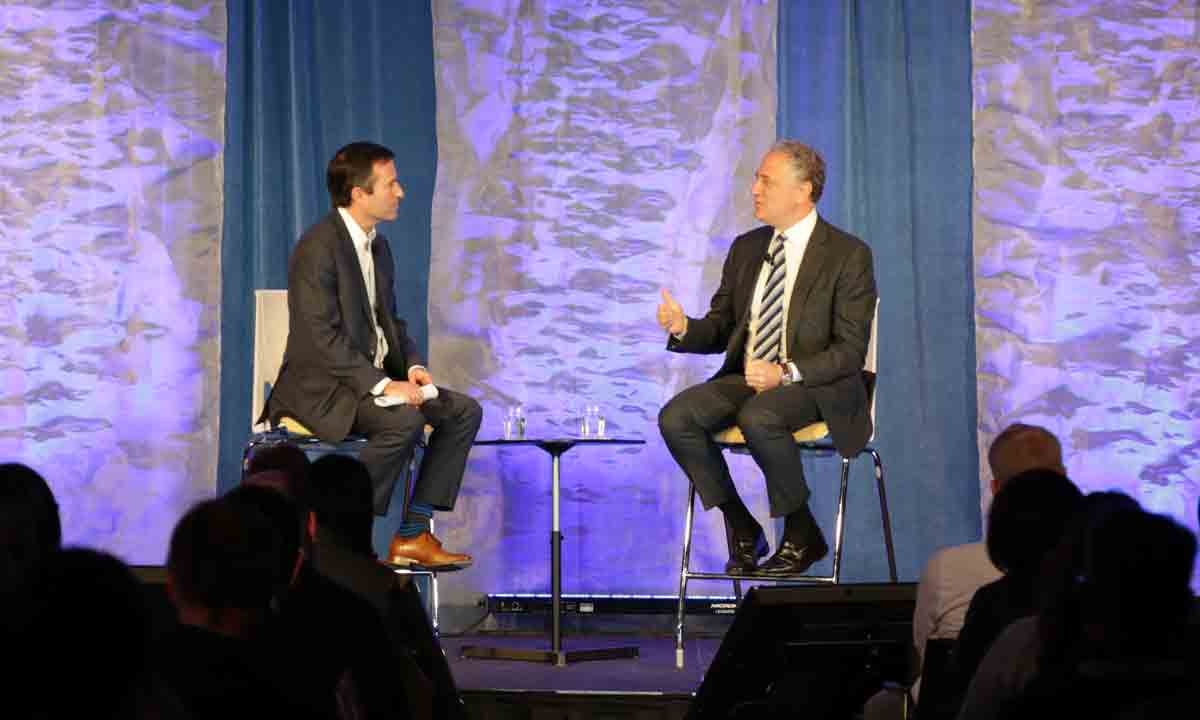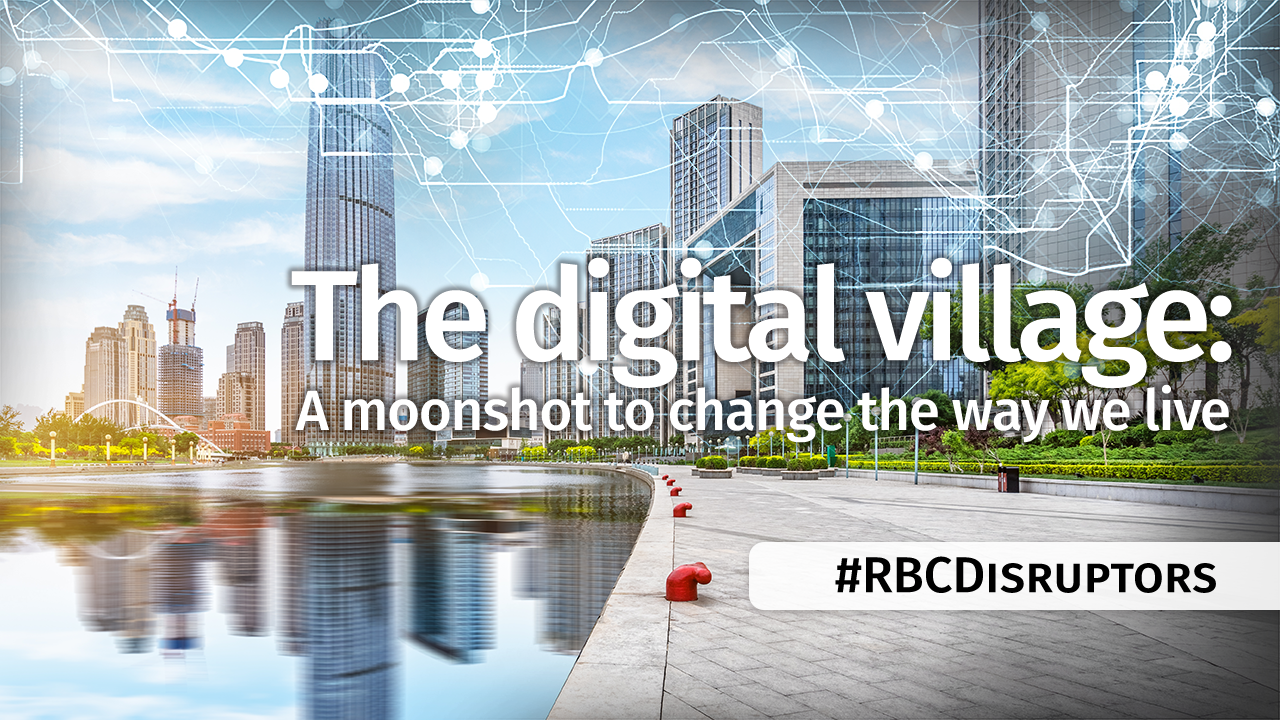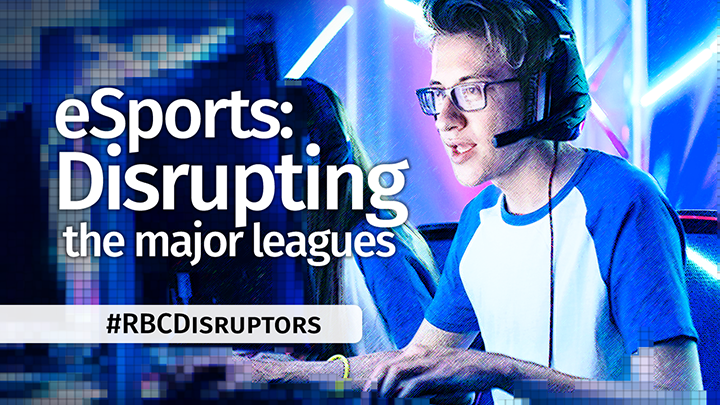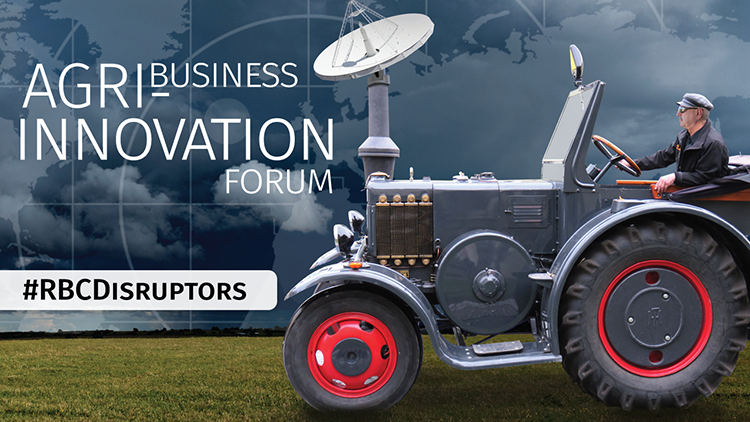Fifty years ago this summer, Jane Jacobs moved to Canada, equally driven from New York by the divisive tone of American politics and drawn to Toronto by the inclusive tones of our cities.
Fast forward to 2018, and another big American thinker, Dan Doctoroff, is aiming to join a new urban revolution in Toronto, this one fueled by data more than division.
Doctoroff would balk at any comparison to Jacobs, who made her name as a writer and rabble-rouser. He’s a corporate leader and builder. But he recognizes they both would see the power of sustainable neighbourhoods as a bedrock to any future city.
A former deputy mayor of New York, who help lead the city’s renaissance after 9/11, Doctoroff is CEO of Sidewalk Labs, a company he created with Google co-founder Larry Page to radically change the way design our cities.
Sidewalk Labs is now focused on Toronto, where they’ve won the right to build a 12-acre community called Quayside on the downtown waterfront — an urban lab, really, where up to 5,000 people will live, work and play. They’ll do that by harnessing technology to reduce the financial, environmental and emotional cost of city-dwelling.
“A set of technologies are converging that can fundamentally bend the curve on the quality of life,” Doctoroff says.
He calls it a “fourth urban revolution,” following the steam revolution that gave us trains and the connected city, the electric revolution that gave us the vertical city, and the car revolution that gave us the sprawling city.
Doctoroff spoke at the most recent session of RBCDisruptors, our regular series on innovation, disruption and how technology is changing the way we live. You can listen to the full conversation on our podcast on iTunes or SoundCloud.

Here are some of the highlights:
- If It’s Technologists Versus Urbanists, We All Lose
Doctoroff and his Sidewalk Labs team studied 150 so-called smart cities around the world and found none had worked. Simple reason: they didn’t harness humanity. Too many tried to impose master plans (the stuff of urbanists) and master technologies (the stuff of techies) on residents, rather than letting them play with technology and see what might emerge. “Cities cannot be planned all the way down to the last detail. You want people’s creativity and imagination and ideas.”
- We Need to See Cities As the New Smartphone
Quayside will be a platform for others to build on, with apps, systems and buildings that connect with each other through a kind of open-source neighbourhood. “What makes smartphones so revolutionary is that they enable through reasonably open APIs, for people all over the world to build on top of it, creating things that no one ever imagined were possible, and that’s what gives it the power that it has.”
- Diversity Will Matter; Inclusion More So
Toronto is renowned for its diversity but its inclusiveness is what caught Doctoroff’s eye. People mix easily in the city, and the inflow of 100,000 people a year hasn’t led to any signs of social fray. This was critical to Sidewalk Labs’ decision to focus on Toronto rather than the other 51 cities it surveyed in North America. “People here (are) more open to new approaches and new ideas… If Amazon sees what we see here, it wouldn’t even be close.” Diversity will define Quayside, but its inclusions is what will make it relevant globally.
- Avoiding a Digital Palace
Diversity is about more than people’s background. Quayside will need a vibrant mix of income groups and lifestyles if it’s to be useful as a lab. In other words, it can’t be a shiny palace on the hill for technologists. Doctoroff thinks a key to drawing middle-income families, including from the suburbs, will be its ability to meld community design and building to cut housing costs. He thinks Quayside’s living costs will be 15–20% cheaper than elsewhere in the city. “Imagine for that family that makes $80,000 a year, if you can save them 15%, or $12,000 a year, that’s a meaningful change in people’s lives.”
- Building a Mobility Lab
Quayside’s first priority is mobility. Only autonomous-driving vehicles. A lot of vehicle and bike sharing. And experimentation in pathway design, from tighter corners (efficiency) to curved roads (aesthetics) to bigger sidewalks and laneways (open space). Doctoroff thinks Quayside’s design will reduce the footprint of roads and driveways, which take up 30–40% of North American cities. “If you can reclaim that, you can double the amount of public space, putting everyone within a very short walk of a park.”
- An Environmental Moonshot
Doctorff is aiming for “the first climate positive community in the world.” That starts with buildings, which in Canada consume a lot of energy. The deep waters of Toronto’s harbour may act as a heating and cooling system. Trees along the waterfront can also help buffer residents from the lake’s winds as they walk or bike. And underground service corridors can feed electricity and fibre-optic cables to residents — along with goods to local shops and the removal of waste.
- Privacy Remains a Paramount Challenge
Quayside has three guiding principles for privacy. First, protections will be built into all products. Second, all data collected will be used to improve quality of life, and not for commercial purposes. Third, the process used to develop these policies will be open and collaborative. Doctoroff says Toronto has the chance to create “a global standard” for privacy.
- Toronto As a Global Hub
Doctoroff says Toronto has the chance to draw urban thinkers, and developers, from around the world, in a way Jacobs never envisioned. If Quayside works, cities from China to Nigeria will pay attention — and those who help build it will have a global market. He thinks the project may actually create a new kind of Silicon Valley, around city-building. “One of the great opportunities for Toronto is to set the global example for what urban living can actually be, and to become the hub of urban innovation.”
As Senior Vice President, Office of the CEO at RBC, John Stackhouse is responsible for interpreting trends for the executive leadership team and Board of Directors with insights on how these are affecting RBC, its clients and society at large. Prior to this, John was editor-in-chief of The Globe and Mail (2009-14), editor of Report on Business, the newspaper’s national editor, foreign editor and its foreign correspondent based in New Delhi, India (1992-99).
You may also like





